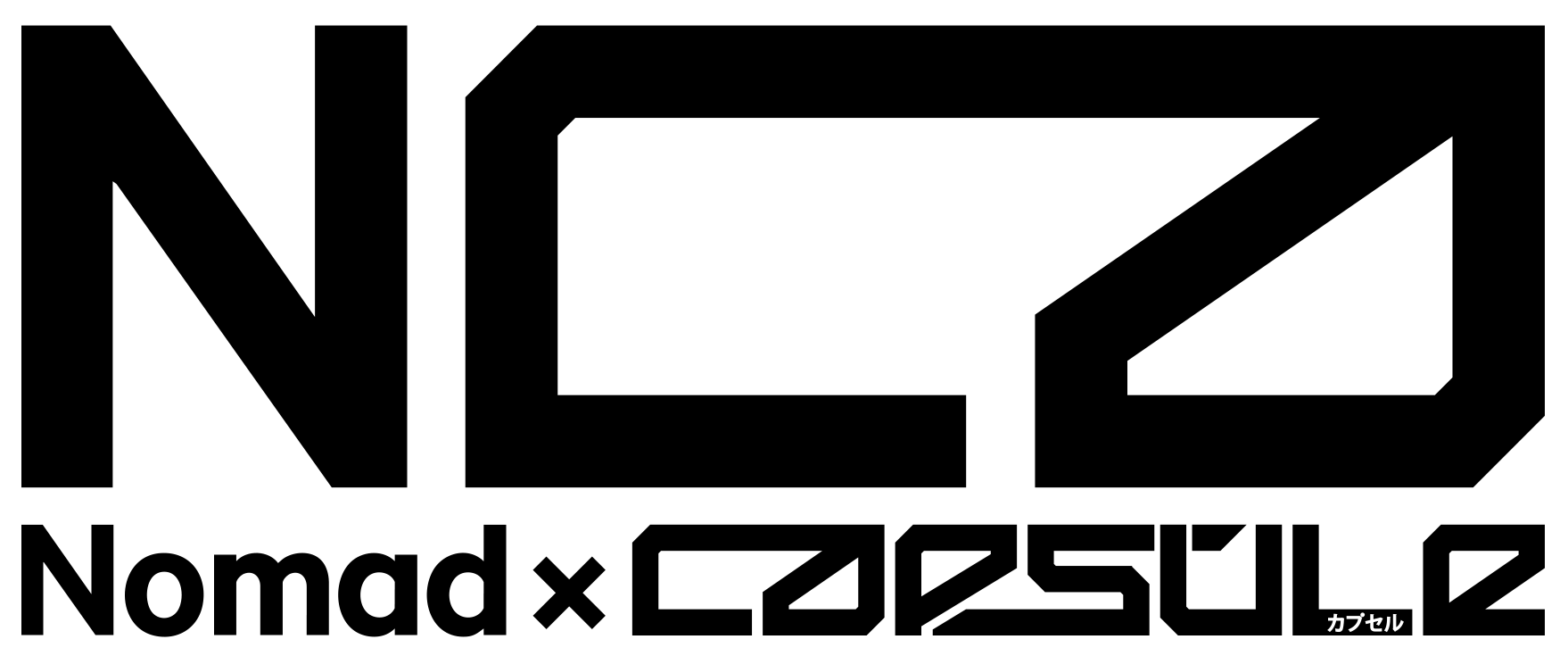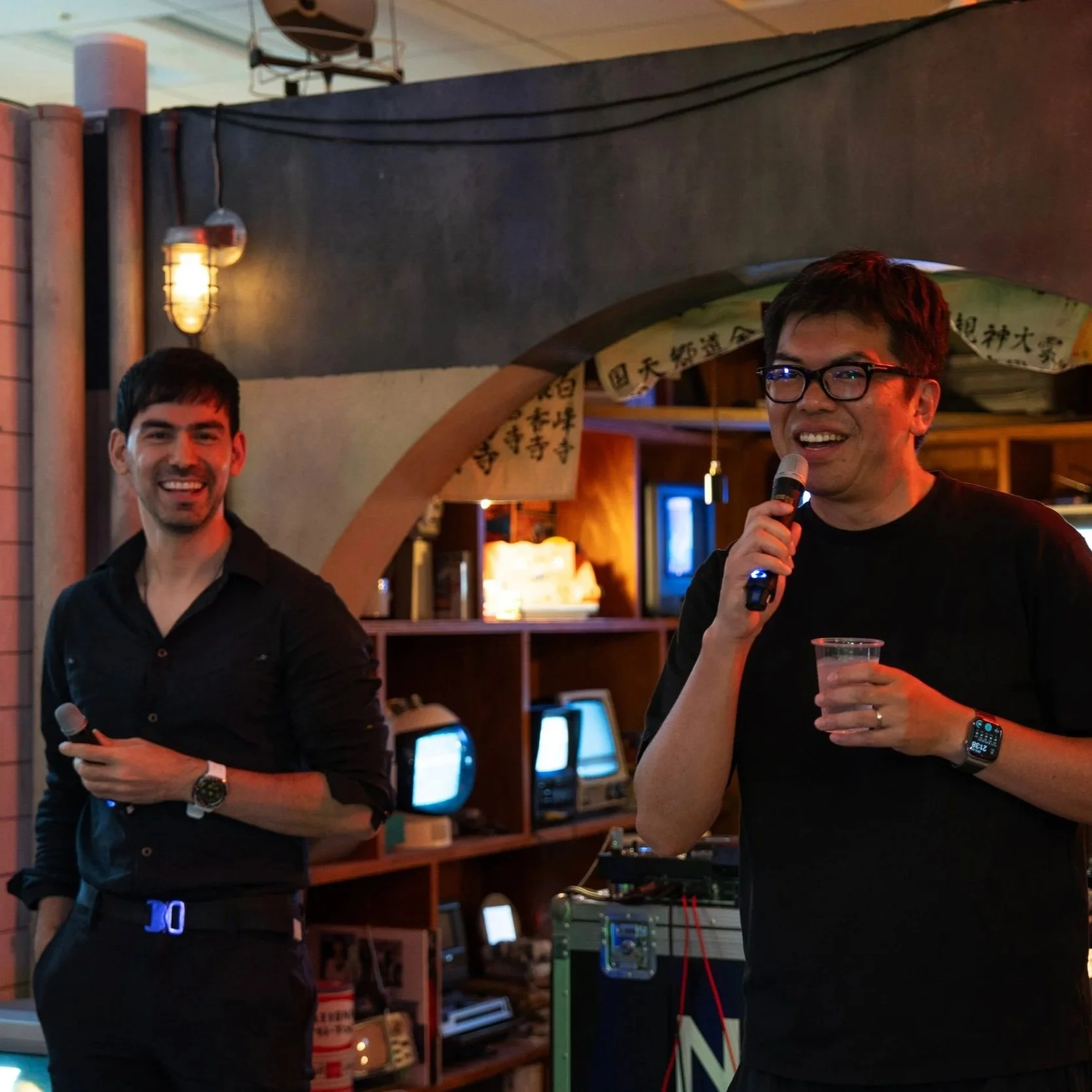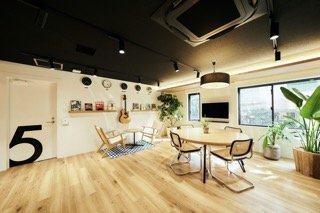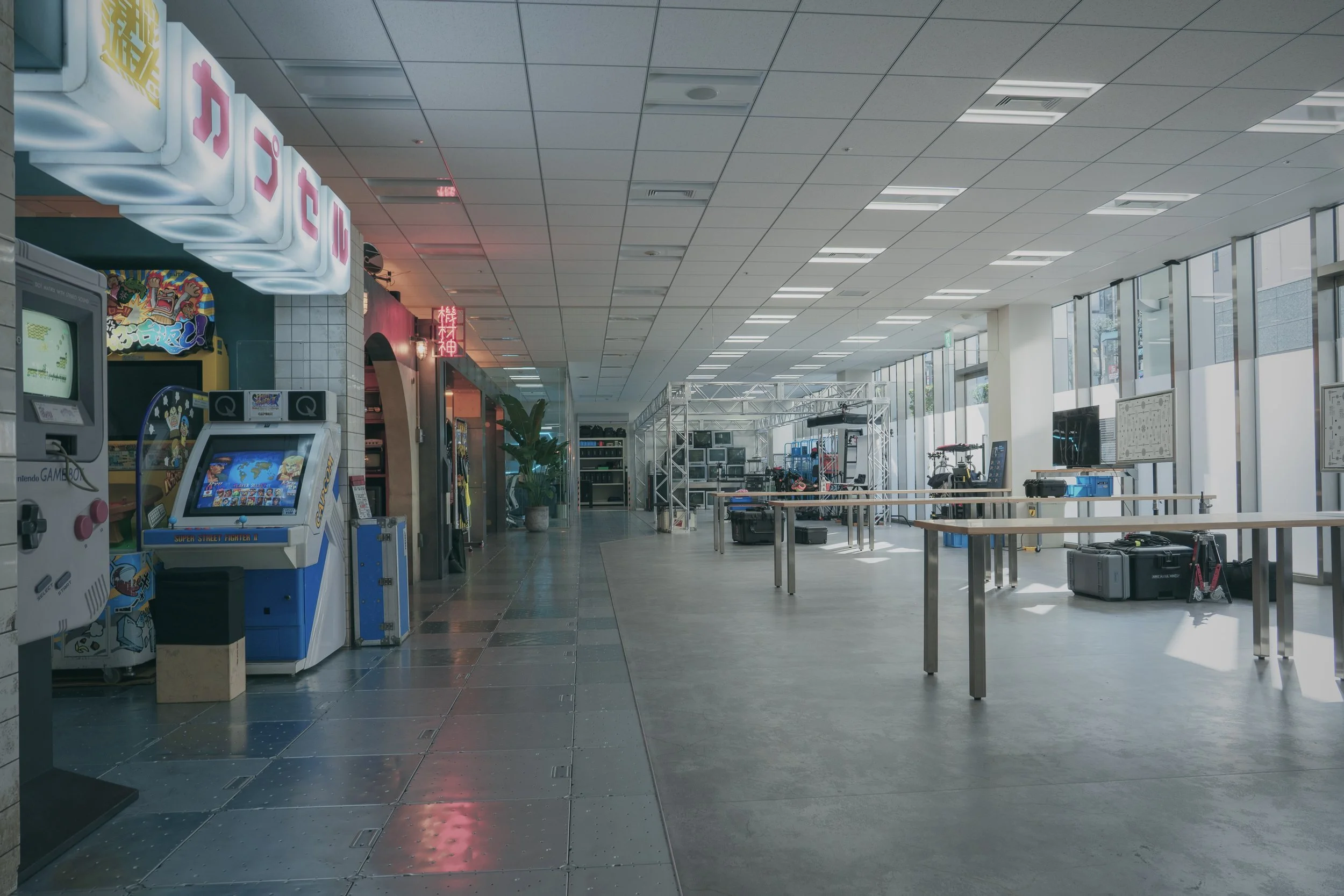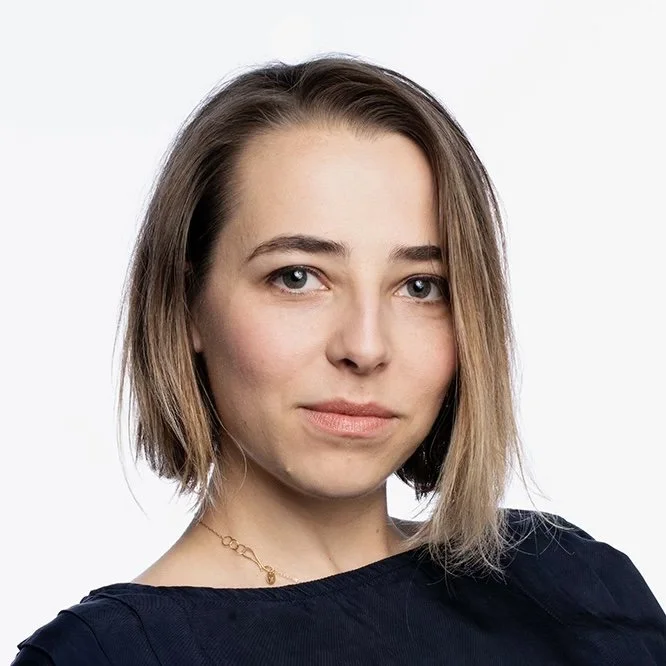Collaboration Launch
We're excited to announce a new collaboration between NOMAD TOKYO and CAPSULE—two teams united by a shared vision to support filmmakers not only in their craft, but in the way they work.
NOMAD TOKYO
Nomad Tokyo merges global post-production excellence with Japanese creative sensibilities. Offering a full range of services—editorial, VFX, sound, color. Nomad contributes to major campaigns for both international and domestic brands. Their leadership team combines deep agency experience with film-craft expertise to deliver polished, story-driven content with precision and care from Tokyo.
CAPSULE
Capsule is a creative hub for filmmakers seeking high-quality cinema gear—including rare vintage lenses—paired with hands-on service and a collaborative atmosphere in Tokyo. Dedicated to nurturing the filmmaking community, Capsule is a well-equipped and trusted partner for any video productions. They support all levels of production with flexibility and precision, built to meet the demands of fast-paced, dynamic environments.
Collaboration Overview
This partnership is designed to bridge the gap between prep, shooting and post-production. Too often, disconnection between departments leads to avoidable stress, added costs, and lost time. Together, we want to change that.
Here’s what that means for your production:
Directors and producers can stay focused on the creative
Shoot-to-edit workflows become more streamlined, with less risk of disorganized or unusable data
Costs are reduced—thanks to both smarter pipelines and faster workflows
Capsule’s rare vintage lenses are now more accessible for VFX-heavy shoots with the help of VFX team
At the heart of this collaboration is a simple goal:
To support the continued growth of filmmaking community —with smoother workflows, smarter tools, and stronger connections.
And this is just the beginning.
Testimonials
Cinematographer Hans Bobanovits collaborated with Capsule and had Amanda Amalfi from NOMAD on set as the VFX supervisor for a cosmetics campaign. We asked both of them to share their thoughts on the process.
HANS BOBÀNOVITS (Cinematographer)
I originally came to this project with the impression that having the On-Set Online Supervisor (OS) would help me the same way a DIT or a Gaffer might, however I realized that I wasn’t the intended the Client - the Director is the Client.
As a Cinematographer working with an Online Supervisor was like having a conversation with my Director’s DIT while being fully aware of where the project is going.
I come to Filmmaking with a team player mindset, so having an Online Supervisor helped me understand the scope of how far the project (and the image in my case) can be pushed and can be shaped. I originally though that the OS would become an addition to my team and be a new tool in my toolkit.
When I work with a DIT, I’m able to offload some of my work when it comes to exposure. I have a conversation with the DIT before the project starts where I set my expectations and what I want the image to look. From there on, I have a more relaxed approached to my exposure. For example, if a shot requires high-speed, I will tell the DIT what frame rate and T-stop I want but I won’t have to be involved on the ISO / ND conversation.
Instead, I can spend this time with the Gaffer to shape the light and create a stronger look. While I can see how it could be scary for some DP’s to not handle that side of the exposure, I rely on my crew to be faster and more precise. The OS does the same thing for the Director.
The goal is to remove some of the workload from the Director’ shoulders. Making it easier for them to focus on the project as a whole rather than being concerned if something can work or not, VFX-wise. I do believe that another aspect that’s often overlooked by Production is the cost-performance. Having the OS with us on-set is a great way to reduce the amount of days required to clean-up in post and thus having a more streamlined Online workflow.
I do believe that if more Directors (and Producers) had access to resources on how having an Online Supervisor can help their workflow and reduce costs, we would have an easier pipeline throughout. As a DP, it feels to me that having an OS on set was like having a DIT. Just like Production might not know the difference between a Data Manager and a DIT, but I do and I can see how it elevates my work in the best way possible.
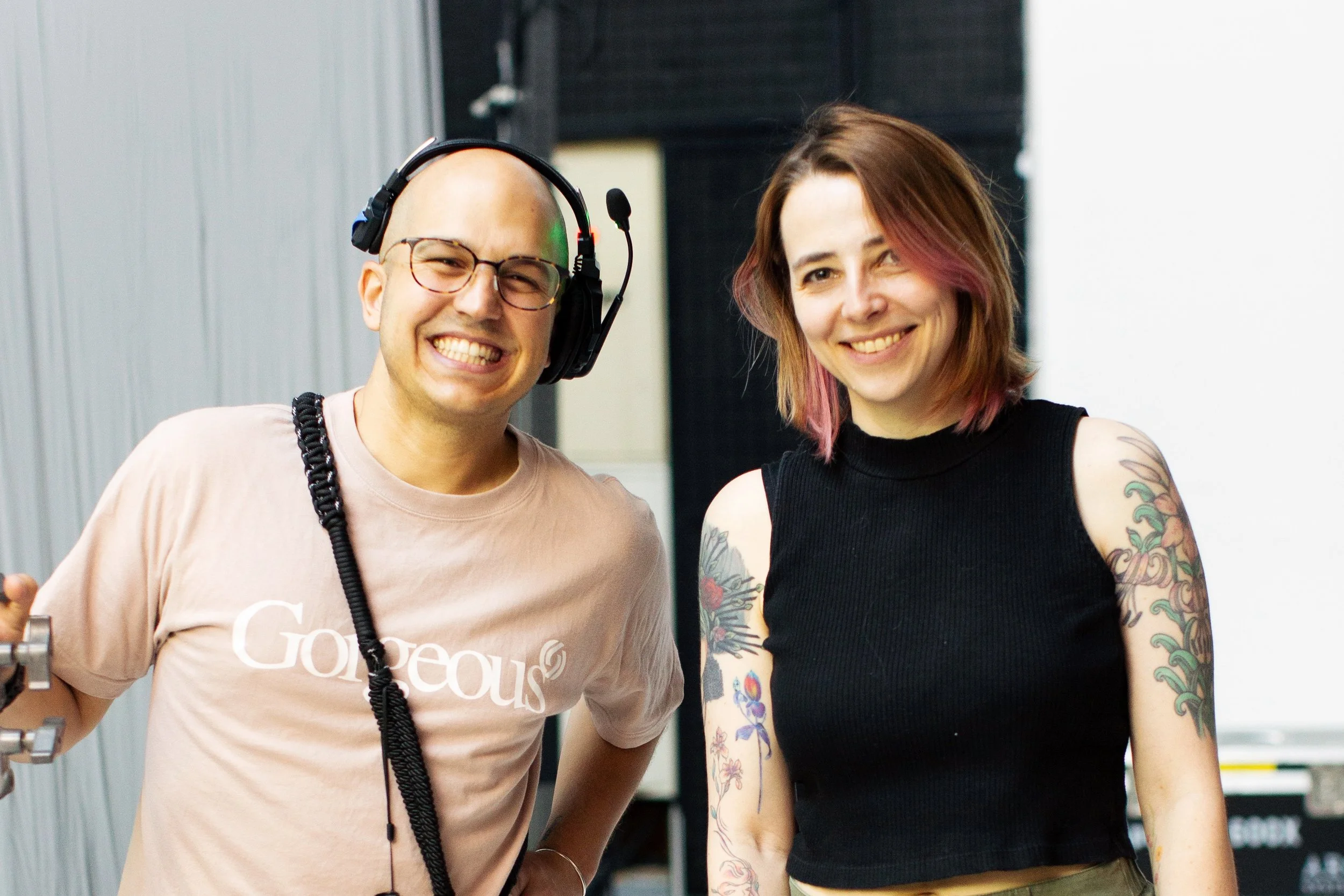
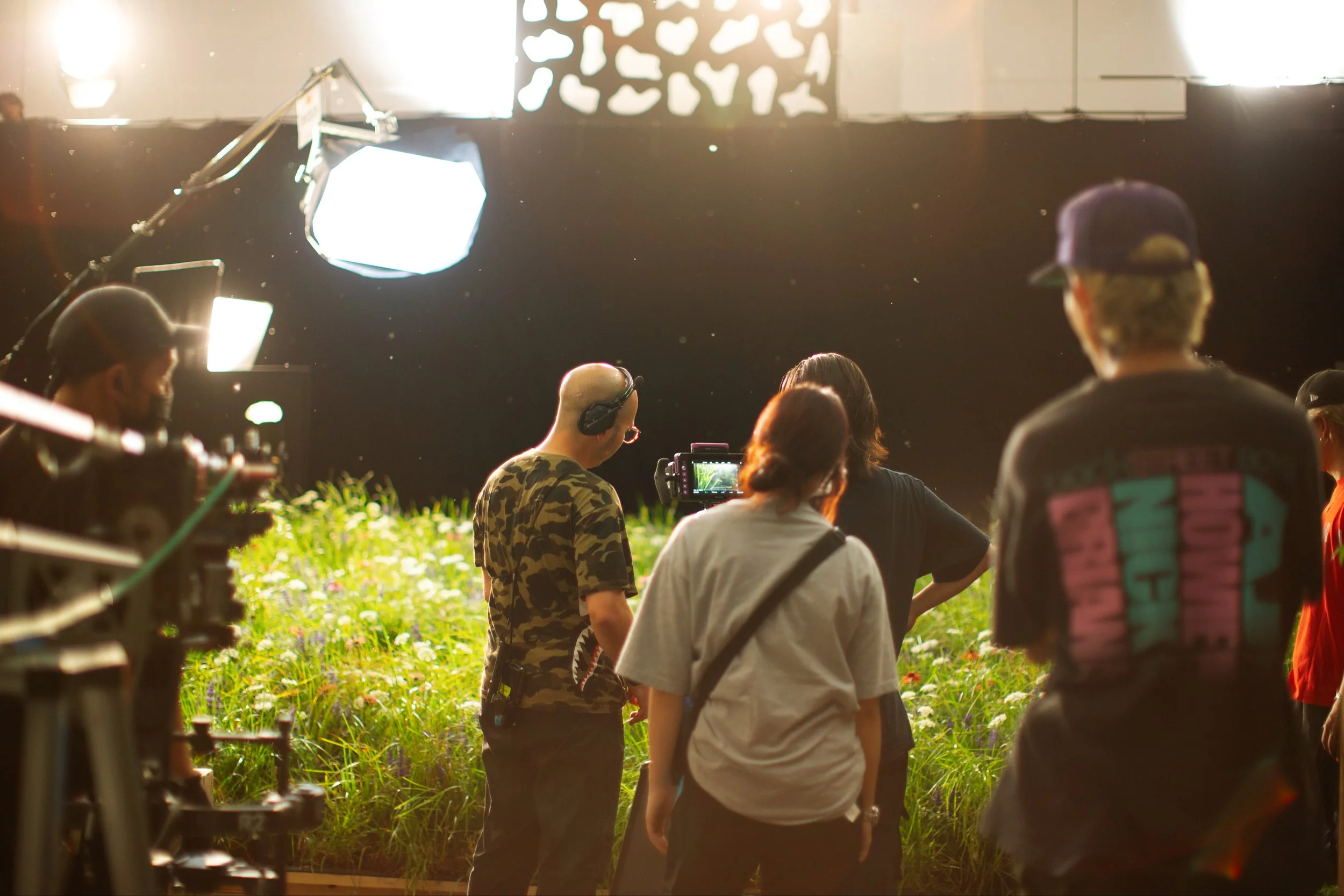
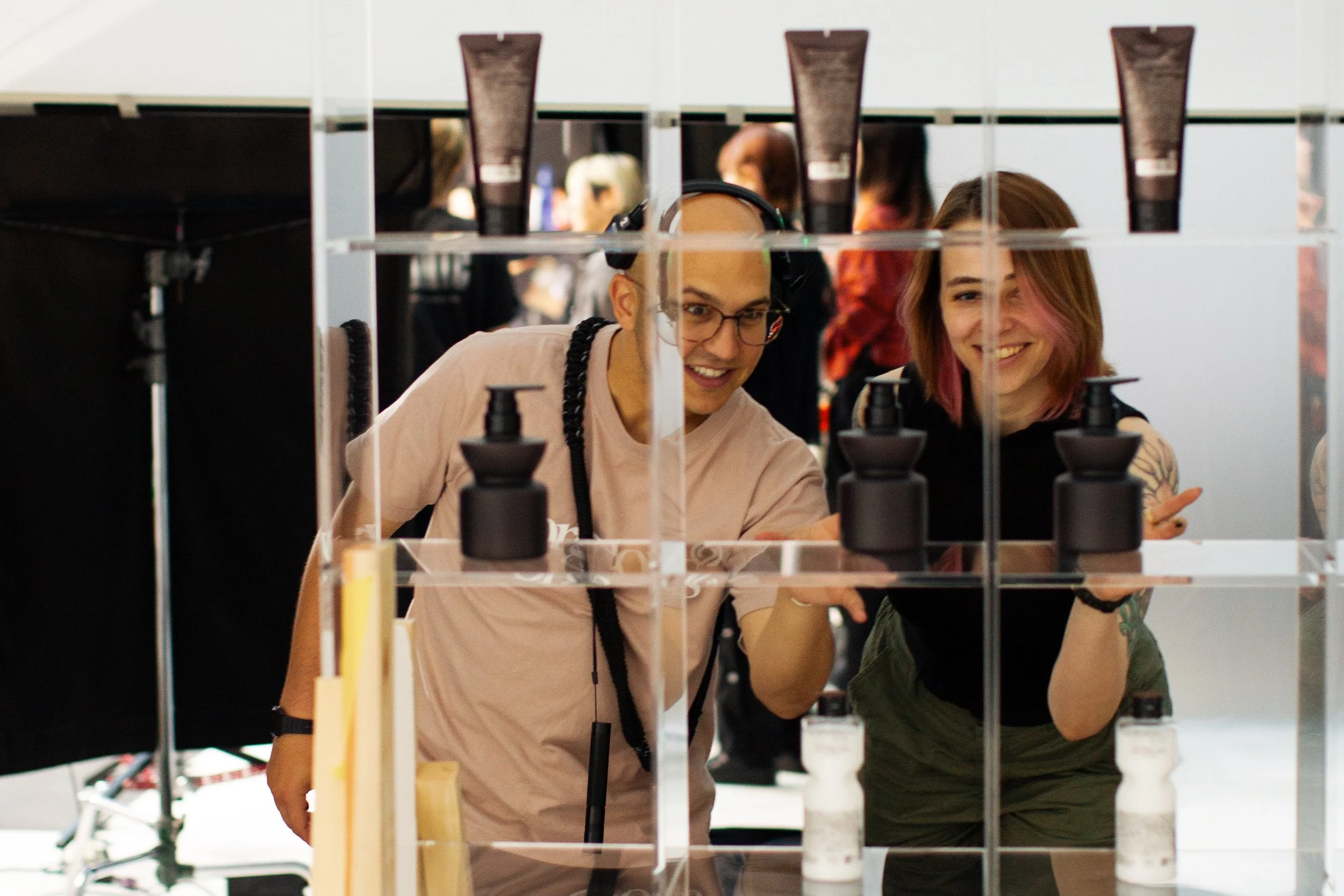
AMANDA AMALFI (VFX SUPERVISOR)
One of the most consistent things in production is there are always changes. No matter how well you plan there will be things that come up on the day that no one could have anticipated and that is when having a set supervisor is a great resource. In my experience one of the misconceptions about the job of On-Set Online Supervisor (OS) is that they’re only there for post, when in fact a good OS is another bridge strengthening the link between production and post production. There can often be a disconnect between the two that causes issues both with creative and cost. Things can so easily get missed or lost in the fray of the set day, especially as timelines are shrinking. Things like product labels that need to be painted out, or crew members who step too close while helping create an effect and end up in frame. These are things a set supervisor can be the eyes for, so it’s not on the director or DP or anyone else who needs to be worrying about the talent. A set supervisor is also a great resource for last minute client requests. They are able to advise, on-the-spot, what plates or elements need to be captured to ensure that nothing is lost in translation between production and post, especially if they themselves are the artist doing the online work. And lastly the set supervisor is another person that can ensure that nothing is lost in translation from production to post, especially if they themselves are the artist doing the online work.
These were all things that were part of my experience working with Hans, we had a very wide shot that had wind and feathers so many crew close to set, and it was a huge help later in post to have removed as many crew as possible on the day out of the frame. In another shot, the director wanted a larger lens flare and the client was unsure how it would look over talent so we shot an element and were able to later place the flare in the exact location that the director and client liked. Another instance we were able to shoot elements for was the product itself. As often is the case, the lighting for talent was not the ideal lighting for the product and vice-versa. Instead of spending an extended period of time trying to get the lighting perfect for both we were able to come up with a plan to shoot them separately in a way that would blend together seamlessly. This could have been done without a supervisor, of course, but there would have been much more uncertainty in the elements compatibility. Moreover, while I was on set I was able to have conversations about the look and feel desired for specific shots in the post production process, so once the online began we were able to work with that knowledge and save the time of the director having to have those conversations again.
These are a few major examples, but there are many more minor ones, and I think that is the overarching takeaway. There are many many questions on a shooting day and having a set supervisor allows for those questions to be answered, which ultimately allows for breathing room throughout the process. It not only saves on cleanup costs, but it also allows for greater creative freedom for the director and DP to play and know that they will still get the product they want, while giving post confidence that the elements they are getting will all work together as flawlessly as time and budget will allow.
NOMAD x CAPSULE COLLABORATION LAUNCH PARTY
2025/09/26
To celebrate the collaboration, we hosted a party that brought together so many wonderful people — an unforgettable night of laughter, creativity, and connection.














